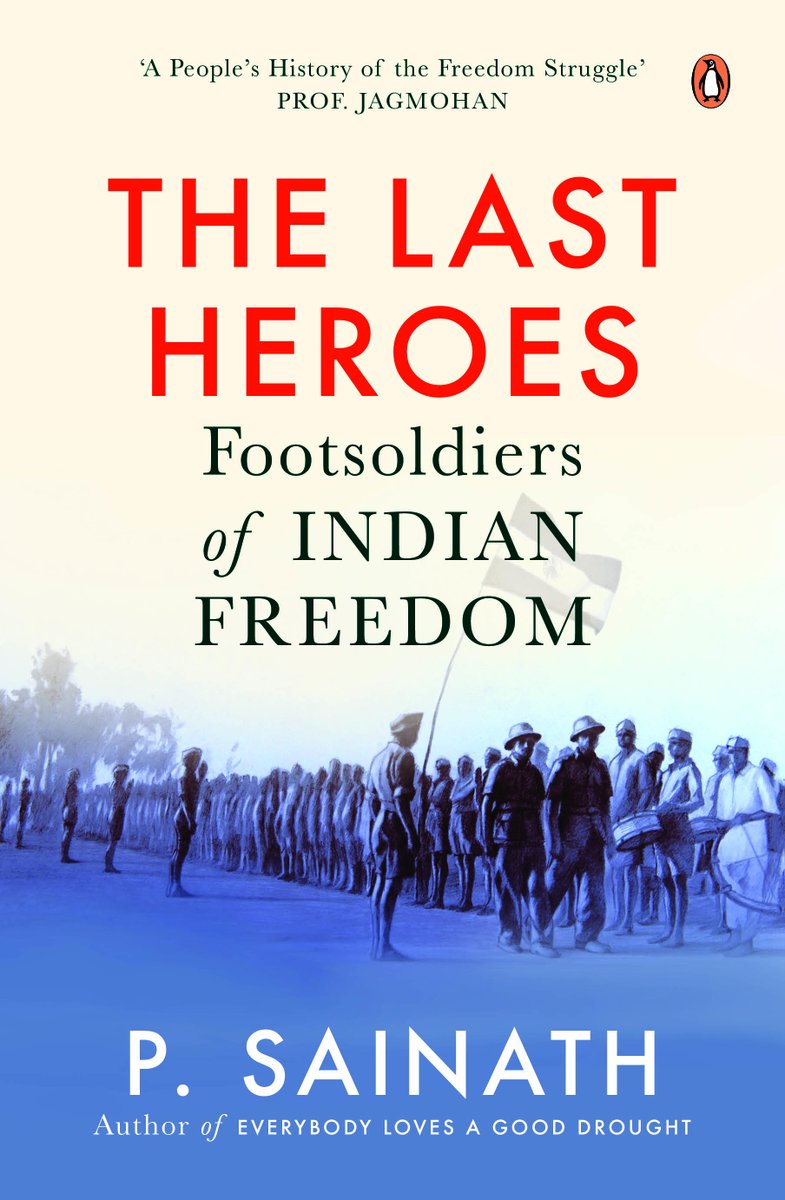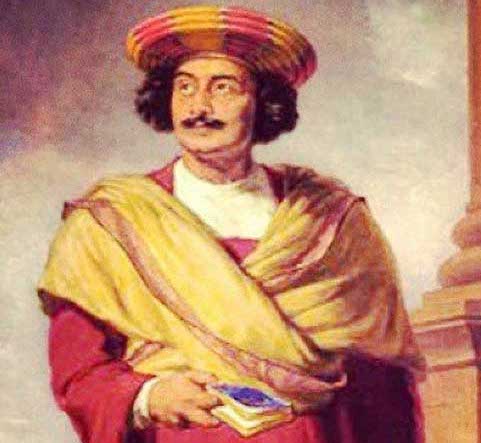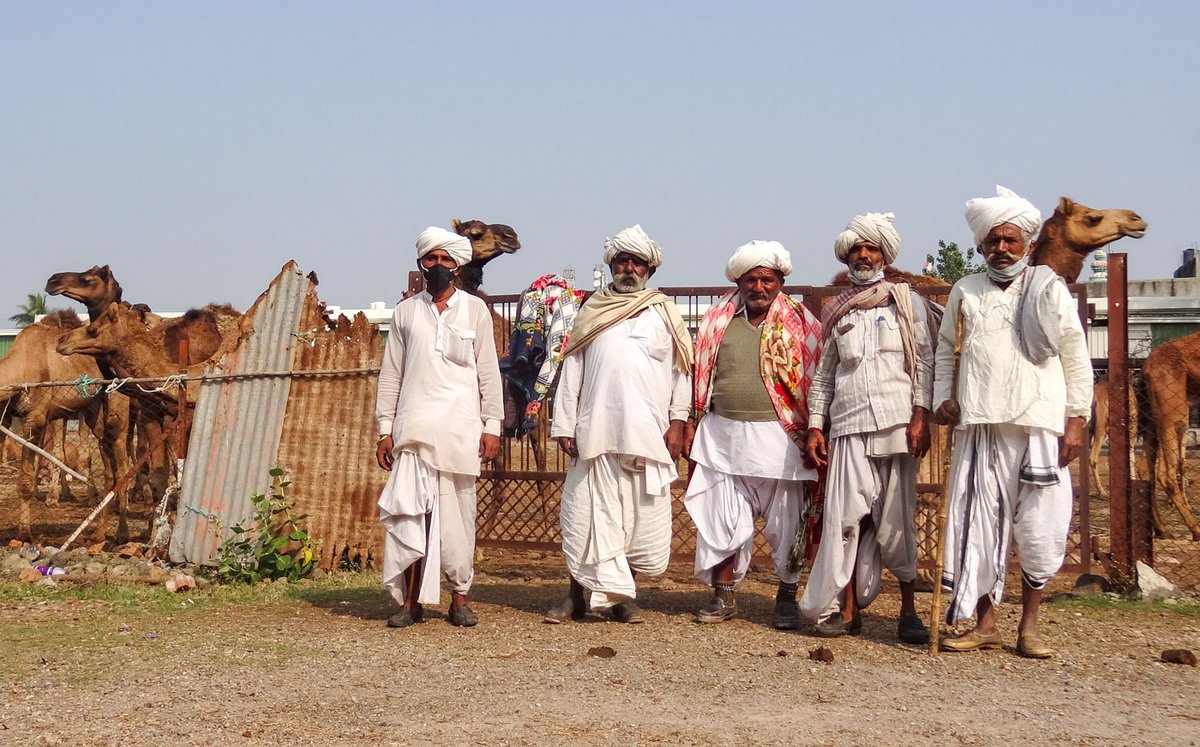
1/8. Was Independence the gift of a few Oxbridge elites? As Gandhi put it, not great men, but ‘the people themselves are the cause’ of revolutions. My book The Last Heroes: Footsoldiers of Indian Freedom (Penguin) out in November, looks at 16 such people.
#IndependenceDay2022
#IndependenceDay2022

2/8. In the next 5-6 years, there will not be a single person alive who fought for this country’s freedom. Our new generations will never get to meet, see, speak, or listen to India’s freedom fighters. Never directly learn who they were, what they fought for.
#IndependenceDay2022
#IndependenceDay2022
3/8. The youngest freedom fighter in this book is 92, the oldest 104. Ordinary people who stood up to the British, unsure if they would ever see the freedom they fought for. They never went on to be ministers, governors, presidents, or hold other high office.
#IndependenceDay2022
#IndependenceDay2022
4/8. The freedom fighters in this book – 8 of whom are still alive – were farmers, labourers, forest produce gatherers, homemakers, underground couriers (of food, secret letters – and bombs), carpenters, malis, even rebel members of landed gentry families.
#IndependenceDay2022
#IndependenceDay2022
5/8. The fighters in The Last Heroes: Footsoldiers of Indian Freedom are Adivasis, Dalits, OBCs, Brahmins, Muslims, Hindus, Sikhs, women, men, atheists and believers. They speak different languages, are from diverse rural regions, cultures, and backgrounds.
#IndependenceDay2022
#IndependenceDay2022
6/8. They had this in common though: their opposition to the British Empire was uncompromising. They were aware of the risks they were taking. They had a vision, an idea of the freedom they were seeking. They never stoked hatred against ‘other’ communities.
#IndependenceDay2022
#IndependenceDay2022
7/8. The freedom fighters in this book fought the British, not their fellow Indians. When imprisoned, they did not spend their time whining, whinging, or writing pitiful mercy petitions to the British monarch, promising to be collaborators of the Raj.
#IndependenceDay2022
#IndependenceDay2022
8/8. We – the post-1947 generations—we need their stories. To better shape our own. To learn what they knew. That freedom and independence are not the same thing. To learn to make those coalesce. Look out for The Last Heroes: Footsoldiers of Indian Freedom.
#IndependenceDay2022
#IndependenceDay2022
• • •
Missing some Tweet in this thread? You can try to
force a refresh












